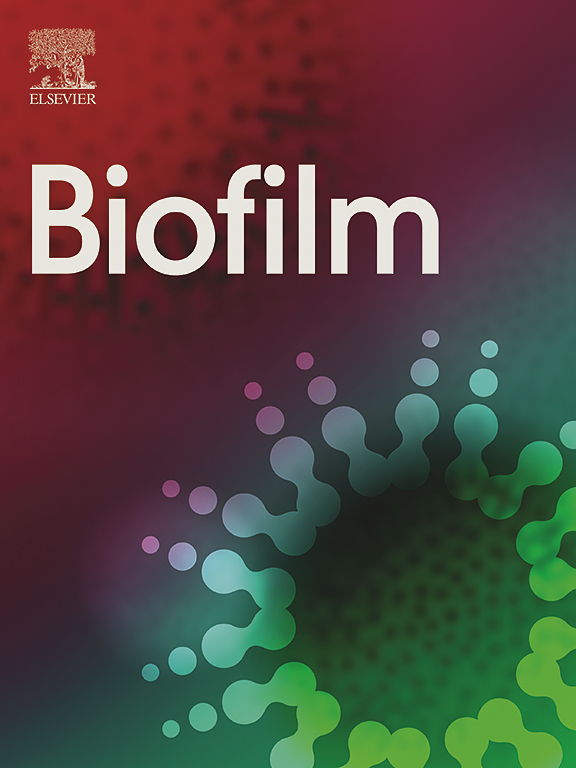Ce6-GFFY is a novel photosensitizer for colorectal cancer therapy
IF 6.9
2区 医学
Q1 BIOCHEMISTRY & MOLECULAR BIOLOGY
引用次数: 0
Abstract
Photodynamic therapy is an “old” strategy for cancer therapy featuring clinical safety and rapid working, but suitable photosensitizers for colorectal cancer therapy remain lacking. This study synthesized a novel photosensitizer termed Ce6-GFFY based on a self-assembling peptide GFFY and a photo-responsive molecule chlorin e6 (Ce6). Ce6-GFFY forms macroparticles with a diameter of ∼160 nm and possesses a half-life of 10 h, as well as an ideal tumor-targeting ability in mouse models. Ce6-GFFY effectively penetrates cells and generates numerous reactive oxygen species upon 660 nm laser irradiation. The reactive oxygen species promotes the accumulation of cytotoxic T cells and decrease of myeloid-derived suppressor cells in the tumor microenvironment through immunogenic cell death, thus prohibiting the growth of both primary and metastatic tumors after once treatment. This study not only provides a strategy for photosensitizer development but also confirms a promising application of Ce6-GFFY for colorectal cancer therapy.
Ce6-GFFY是一种用于结直肠癌治疗的新型光敏剂。
光动力疗法是一种“古老”的癌症治疗策略,具有临床安全性和快速起效的特点,但适合结直肠癌治疗的光敏剂仍然缺乏。本研究以自组装肽GFFY和光响应分子氯e6 (Ce6)为基础,合成了一种新型光敏剂Ce6-GFFY。Ce6-GFFY形成直径约160 nm的大颗粒,半衰期为10 h,在小鼠模型中具有理想的肿瘤靶向能力。在660 nm激光照射下,Ce6-GFFY能有效穿透细胞并产生大量活性氧。活性氧通过免疫原性细胞死亡促进肿瘤微环境中细胞毒性T细胞的积累和髓源性抑制细胞的减少,从而在一次治疗后抑制原发和转移性肿瘤的生长。本研究不仅为光敏剂的开发提供了策略,也证实了Ce6-GFFY在结直肠癌治疗中的应用前景。
本文章由计算机程序翻译,如有差异,请以英文原文为准。
求助全文
约1分钟内获得全文
求助全文
来源期刊

Genes & Diseases
Multiple-
CiteScore
7.30
自引率
0.00%
发文量
347
审稿时长
49 days
期刊介绍:
Genes & Diseases is an international journal for molecular and translational medicine. The journal primarily focuses on publishing investigations on the molecular bases and experimental therapeutics of human diseases. Publication formats include full length research article, review article, short communication, correspondence, perspectives, commentary, views on news, and research watch.
Aims and Scopes
Genes & Diseases publishes rigorously peer-reviewed and high quality original articles and authoritative reviews that focus on the molecular bases of human diseases. Emphasis will be placed on hypothesis-driven, mechanistic studies relevant to pathogenesis and/or experimental therapeutics of human diseases. The journal has worldwide authorship, and a broad scope in basic and translational biomedical research of molecular biology, molecular genetics, and cell biology, including but not limited to cell proliferation and apoptosis, signal transduction, stem cell biology, developmental biology, gene regulation and epigenetics, cancer biology, immunity and infection, neuroscience, disease-specific animal models, gene and cell-based therapies, and regenerative medicine.
 求助内容:
求助内容: 应助结果提醒方式:
应助结果提醒方式:


